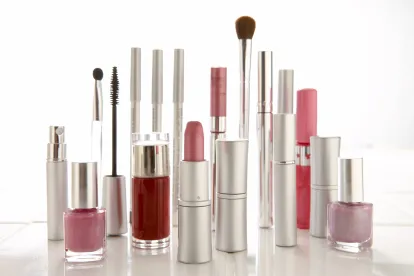Plaintiff Angela Eber filed a putative class action against Fresh, Inc. alleging that the label, design and packaging of its Sugar lip balms deceived consumers about the amount of available product. In a published panel decision, the Ninth Circuit affirmed the district court’s ruling dismissing the plaintiff’s complaint in its entirety.
Sugar lip balm, which comes in a variety of flavors and retails for approximately $22.50–$25 per unit, is sold in a weighty metallic tube dispenser and packaged in a cardboard box. The complaint included claims related to Sugar’s label and its packaging. With respect to the label, the complaint alleged that although the net weight of the lip balm listed on the product was accurate, it was misleading because only 75% of the product is “reasonably accessible” to the consumer. The Ninth Circuit found that this claim was barred by the California Safe Harbor Act because the label complied with federal and state law requiring a net weight statement.
The plaintiff also argued that the Sugar label should contain a supplemental or clarifying statement regarding this accessibility issue. The Ninth Circuit, using a reasonable consumer standard, found that consumers understand the mechanics of a tube dispenser and would not assume that no additional product remained once the screw mechanism prevented advancement of the product, particularly because the consumer could see the remaining “inaccessible” product in the tube.
With respect to the packaging, the complaint asserted that Sugar’s oversized and heavy tube design is deceptive and misleading. The Ninth Circuit, again using the reasonable consumer standard, had little difficulty rejecting these claims. The court explained that a reasonable consumer understands that the overall size of the product and packaging does not directly reflect the quantity of lip balm within that packaging.
Finally, the court discarded plaintiff’s slack fill claim. Nonfunctional slack fill is “empty space in a package that is filled to substantially less than its capacity.” Slack fill, in other words, requires a portion of the package to be without product. Here, the plaintiff did not complain of empty space within the packaging, but rather that a portion of the package containing product could not be accessed. Accordingly, the Ninth Circuit found that the slack fill claim failed on its face.




 />i
/>i

